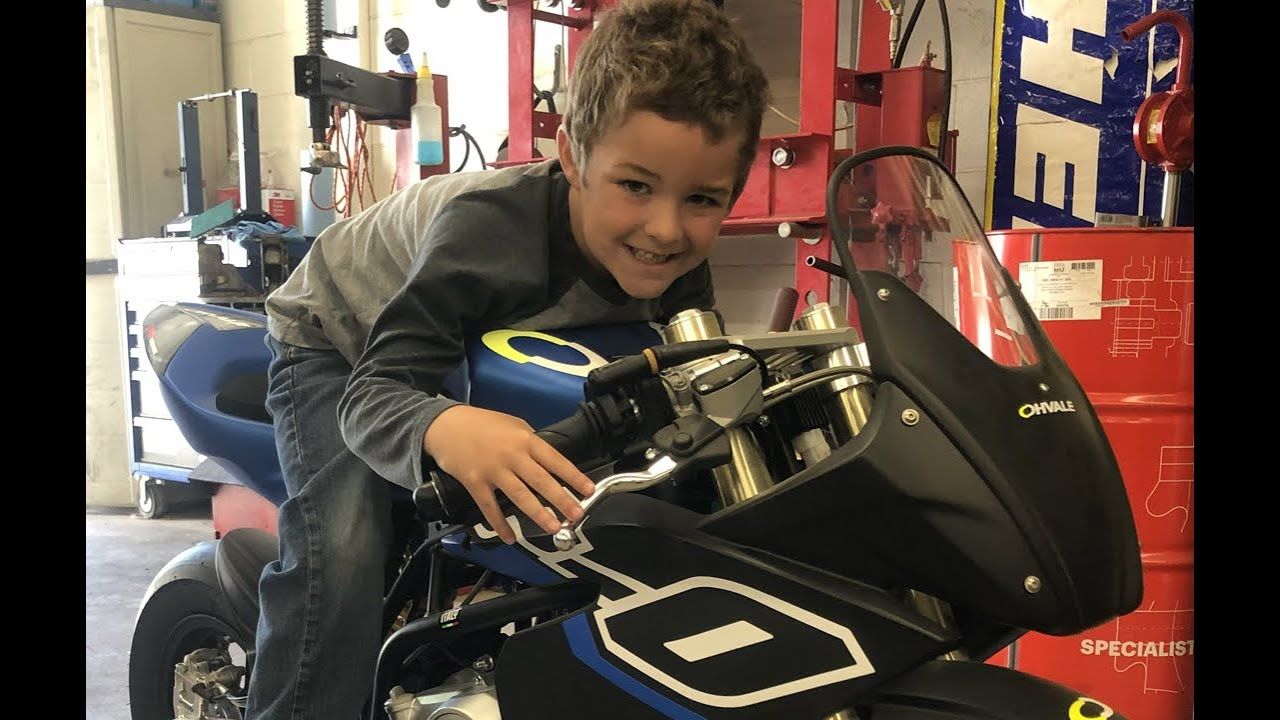
Garage Doors and Parts – Kid-Proofing Your Garage is not just a safety upgrade, it is a crucial part of home organization for families. Garages often store tools, paint, chemicals, sports equipment, and other hazardous items that can harm curious little hands. While many families use their garage as a multifunctional area, few take the steps needed to make it secure for children. Proper planning and strategic storage can prevent accidents and reduce clutter. From wall-mounted cabinets to secure bins and soft flooring, the smallest changes can make the biggest difference. A tidy garage allows you to find things easily while keeping dangerous objects out of reach. Prioritizing child safety does not mean sacrificing function. In fact, when parents integrate safety with storage planning, they often gain more control over the space. A well-thought-out layout creates a space that serves the whole family, not just the adults.
One major step in Kid-Proofing Your Garage is removing anything that is not necessary. Clutter invites accidents and confusion, especially when children are present. Start by sorting items into keep, donate, and toss categories. Broken toys, unused equipment, and half-empty paint cans should be removed. This initial purge helps clear space and reduces hidden hazards. Organize remaining items by category using clear, labeled containers. Store them on high shelves or in lockable cabinets. Make sure to keep children’s items low and easily accessible. Use soft containers for sports balls or helmets, and avoid open wire shelves where fingers could get pinched. This method keeps dangerous tools out of reach while giving kids their own space for bikes, balls, or chalk. Not only does this protect them, but it also teaches responsibility. Less clutter makes the garage easier to clean and maintain, and fewer distractions help kids stay safe.
“Read about: Securing the Gateway: Protecting Your Smart Garage from Digital Intrusion”
Garage tools, power equipment, and chemicals should be considered off-limits to children. One major part of Kid-Proofing Your Garage involves storing these items in locked spaces. Heavy tools should be kept in high, enclosed cabinets with childproof locks. Chemicals like antifreeze, gasoline, or paint thinner must never be left on the floor or open shelving. Label hazardous materials clearly and store them inside secured bins. If you use a workbench, install a lockable drawer underneath to keep sharp tools out of sight. Mount hooks on the wall to keep cords and hoses safely out of reach. Always unplug machines after use and wind cords neatly. Wall panels and pegboards can also keep tools visible to adults while keeping them inaccessible to children. Safety is enhanced when sharp or harmful objects are removed from child-level areas. Regular checks ensure that nothing harmful gets left behind or within reach by accident.
Not everything in the garage needs to be off-limits. In fact, Kid-Proofing Your Garage can include creating an area that welcomes children. Designate a corner for bikes, sidewalk chalk, balls, and other outdoor gear. Use soft baskets, rubber bins, and low hooks for easy access. Add floor mats or foam tiles to prevent injury if kids sit or fall. Shelves for children’s items should be within their reach but separate from adult tools. Label storage bins with pictures and words to help younger kids identify where things belong. By giving kids a safe area, you can reduce their temptation to explore other parts of the garage. Keep a small stool nearby for putting on shoes or helmets. Make sure lighting is bright and even so that all zones are clearly visible. A child-friendly zone adds value by supporting play while reinforcing boundaries and organization habits.
“Read more: Smart Soul Food: Teaching Health Through Heritage in Richmond”
After Kid-Proofing Your Garage, maintaining safety and organization must become a regular habit. Monthly checks help identify items that have moved or become unsafe. Replace labels that fall off and re-secure bins that have come loose. Make a habit of locking cabinets after each use. Rotate seasonal items so that summer gear replaces winter gear at child-level zones, keeping the layout efficient year-round. Sweep floors often to remove sharp debris like nails or splinters. Encourage family participation in keeping the garage organized by assigning age-appropriate tasks. Teach kids where their gear belongs so they can learn responsibility. When visitors or contractors use the garage, double-check afterward to ensure nothing dangerous was left out. The garage should be as safe and tidy as any other part of the home. By maintaining the systems you put in place, the garage stays a functional and safe space for the whole family.
This website uses cookies.